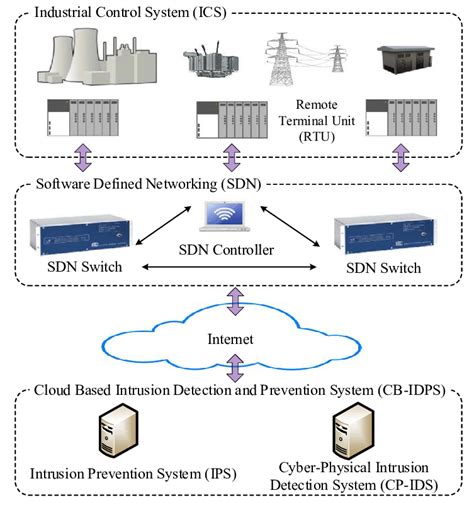How Does A Prevention Architecture Help In Reducing Threat Exposure
Ronan Farrow
Mar 20, 2025 · 3 min read

Table of Contents
How a Prevention Architecture Reduces Threat Exposure
In today's digital landscape, cybersecurity threats are more sophisticated and prevalent than ever. A robust prevention architecture is no longer a luxury but a necessity for organizations of all sizes. This architecture acts as a first line of defense, significantly reducing threat exposure and minimizing the impact of successful attacks. Let's delve into how it achieves this.
The Core Components of a Prevention Architecture
A comprehensive prevention architecture isn't a single solution; it's a layered approach encompassing various security controls working in concert. These key components include:
1. Network Security
- Firewalls: These act as gatekeepers, controlling network traffic in and out, blocking malicious connections and unauthorized access attempts. Next-generation firewalls (NGFWs) offer advanced features like deep packet inspection and application control for enhanced protection.
- Intrusion Detection and Prevention Systems (IDPS): These systems monitor network traffic for suspicious activity, alerting administrators to potential threats and actively blocking malicious traffic. They leverage signature-based and anomaly-based detection techniques.
- Virtual Private Networks (VPNs): VPNs encrypt data transmitted over public networks, protecting sensitive information from eavesdropping and unauthorized access. This is crucial for remote workers and accessing sensitive data outside the organization's network.
2. Endpoint Security
- Antivirus and Antimalware: These essential tools scan and remove malicious software from endpoints (computers, laptops, mobile devices). Regular updates are vital to stay ahead of emerging threats.
- Endpoint Detection and Response (EDR): EDR solutions provide advanced threat detection and response capabilities on individual devices. They continuously monitor endpoint activity, identify suspicious behavior, and offer automated responses to threats.
- Data Loss Prevention (DLP): DLP tools prevent sensitive data from leaving the organization's network without authorization. They monitor data transfers, identify sensitive information, and block unauthorized attempts to exfiltrate data.
3. Application Security
- Secure Development Practices: Implementing secure coding practices throughout the software development lifecycle reduces vulnerabilities in applications. This includes secure design, code reviews, and penetration testing.
- Web Application Firewalls (WAFs): WAFs protect web applications from attacks such as SQL injection, cross-site scripting (XSS), and cross-site request forgery (CSRF). They filter malicious traffic before it reaches the application.
- Access Control: Restricting access to applications and data based on user roles and privileges is essential. Least privilege access minimizes the impact of compromised accounts.
4. Identity and Access Management (IAM)
- Multi-Factor Authentication (MFA): MFA adds an extra layer of security by requiring multiple forms of authentication, making it harder for attackers to gain unauthorized access even if they obtain credentials.
- Strong Password Policies: Enforcing strong password policies, including password complexity and regular changes, reduces the risk of brute-force attacks and credential theft.
- Privileged Access Management (PAM): PAM secures and controls access to sensitive systems and data for privileged users, minimizing the risk of insider threats and privilege escalation.
How Prevention Reduces Threat Exposure: A Synergistic Effect
The power of a prevention architecture lies in the synergy of these components. Each layer provides a line of defense, and even if one layer is breached, others are in place to mitigate the impact. This layered approach reduces the attack surface, making it significantly harder for attackers to penetrate the organization's defenses.
By proactively identifying and neutralizing threats before they can cause damage, a prevention architecture dramatically reduces the risk of data breaches, financial losses, reputational damage, and operational disruption. It’s a crucial investment in protecting your organization's valuable assets and maintaining its ongoing operations. Investing in a robust and well-maintained prevention architecture is paramount in today’s threat landscape.
Featured Posts
Also read the following articles
| Article Title | Date |
|---|---|
| How Democratic Was Andrew Jackson Dbq | Mar 20, 2025 |
| How To Write Blind Characters | Mar 20, 2025 |
| This Is How You Lose The Time War Ending Explained | Mar 20, 2025 |
| How Do You Cook Turkey Liver | Mar 20, 2025 |
| How To Turn On Accessory Mode | Mar 20, 2025 |
Latest Posts
Thank you for visiting our website which covers about How Does A Prevention Architecture Help In Reducing Threat Exposure . We hope the information provided has been useful to you. Feel free to contact us if you have any questions or need further assistance. See you next time and don't miss to bookmark.
